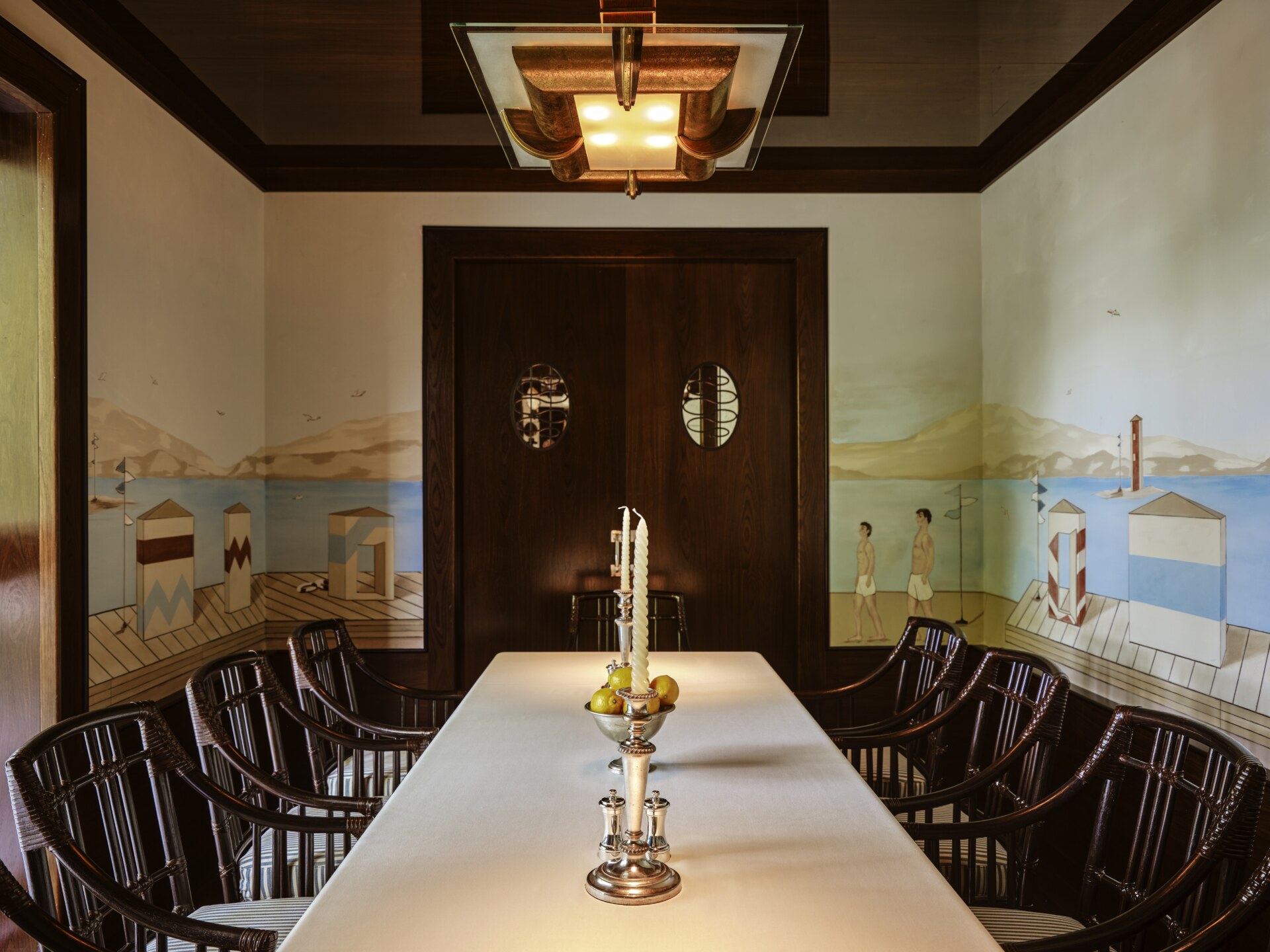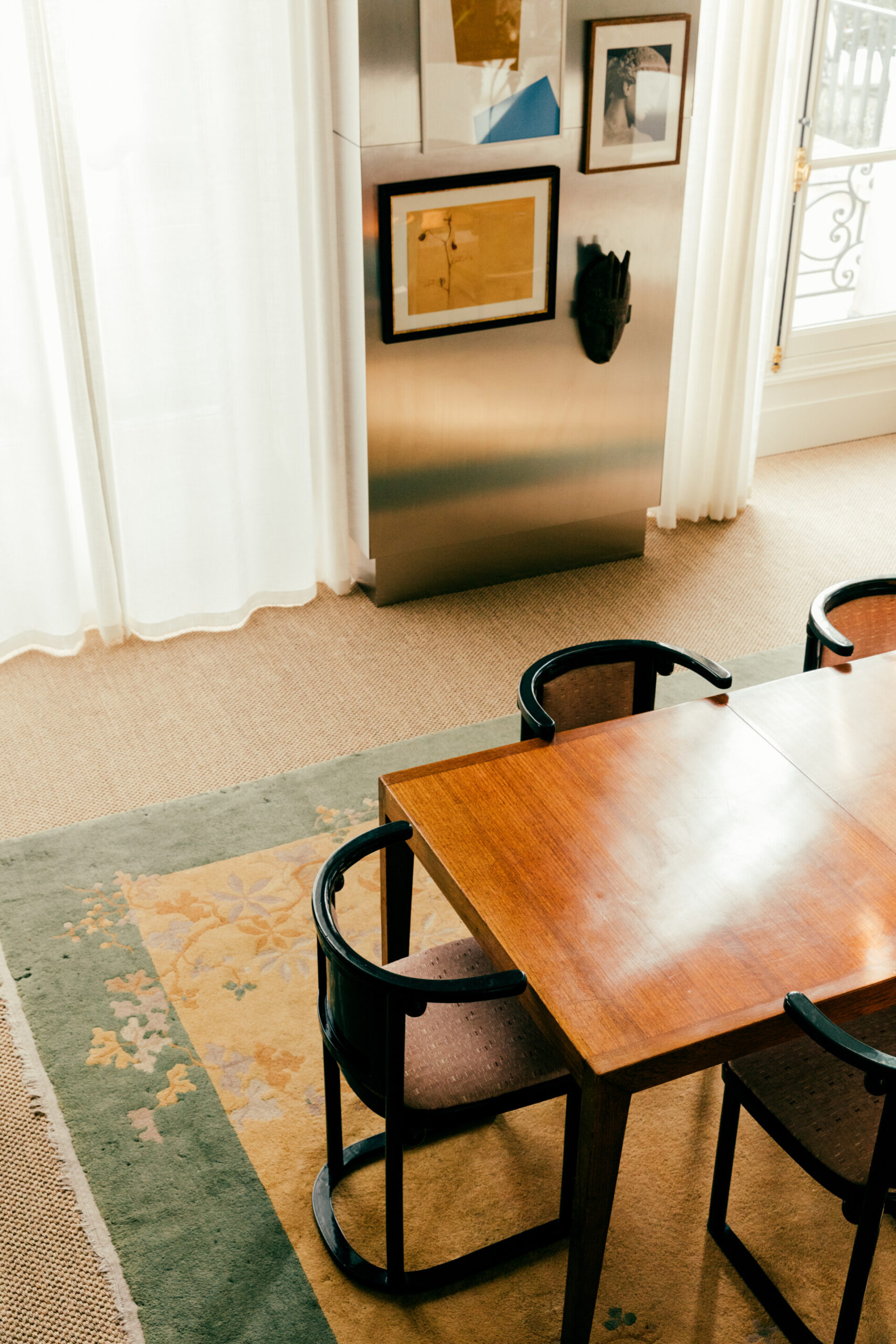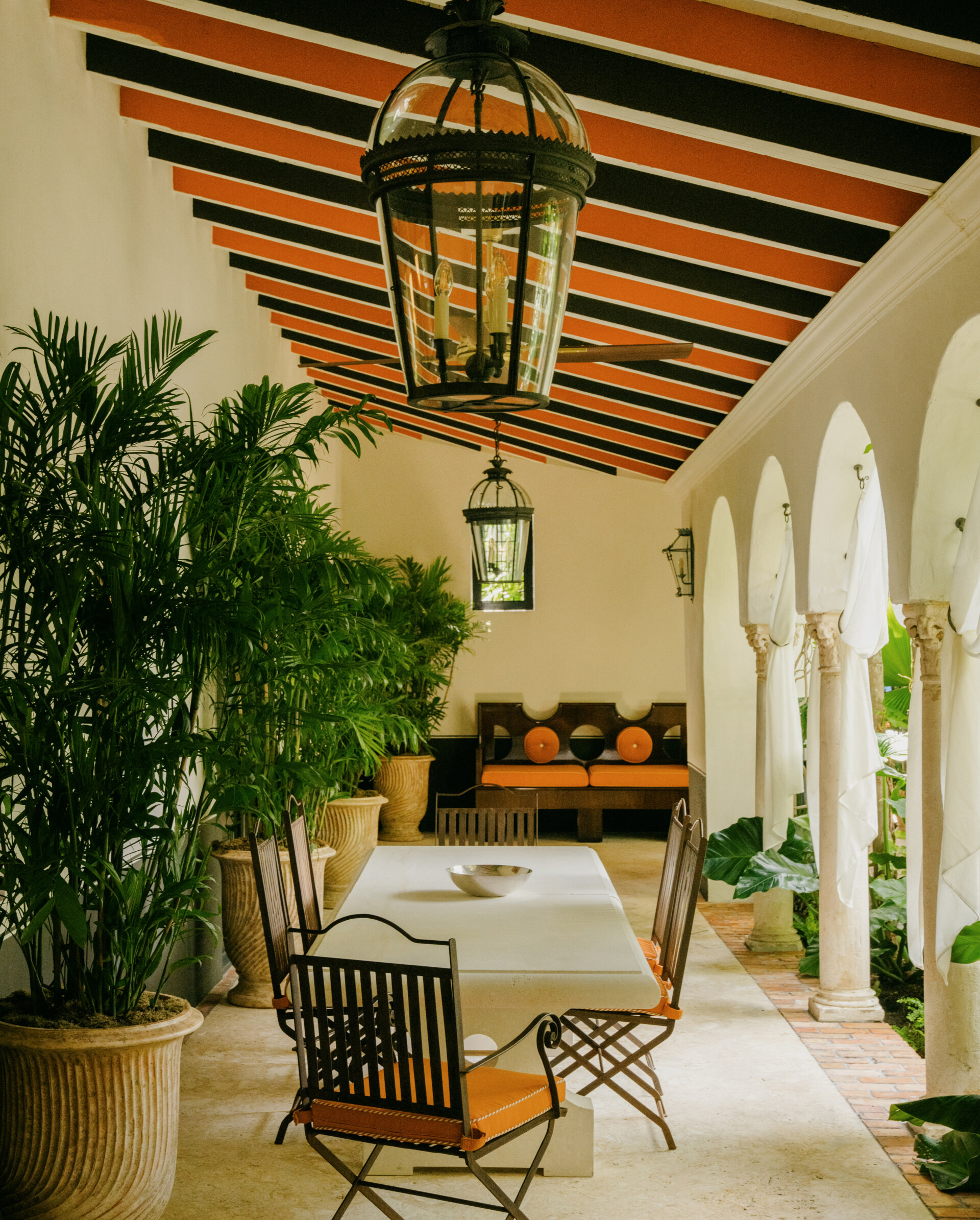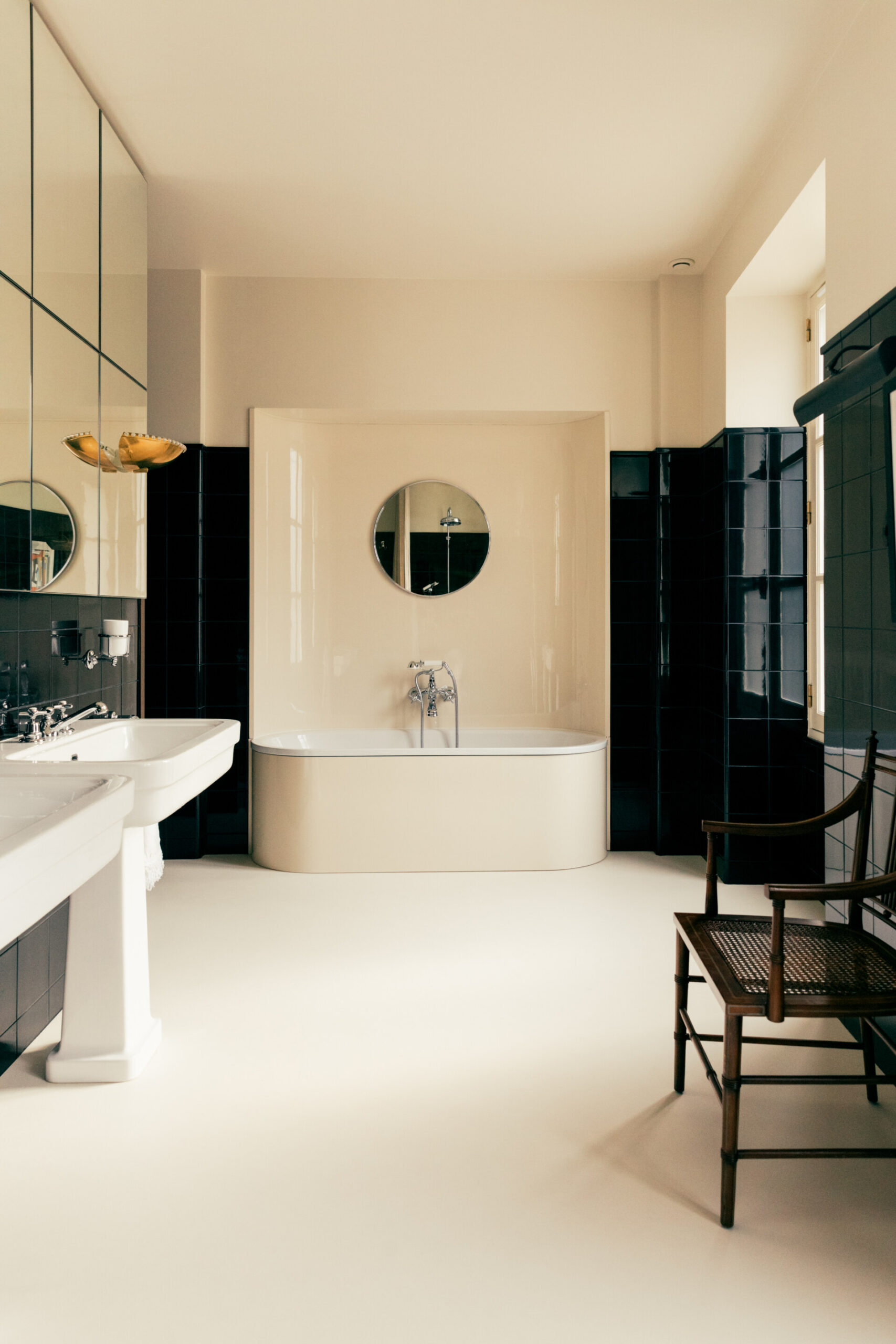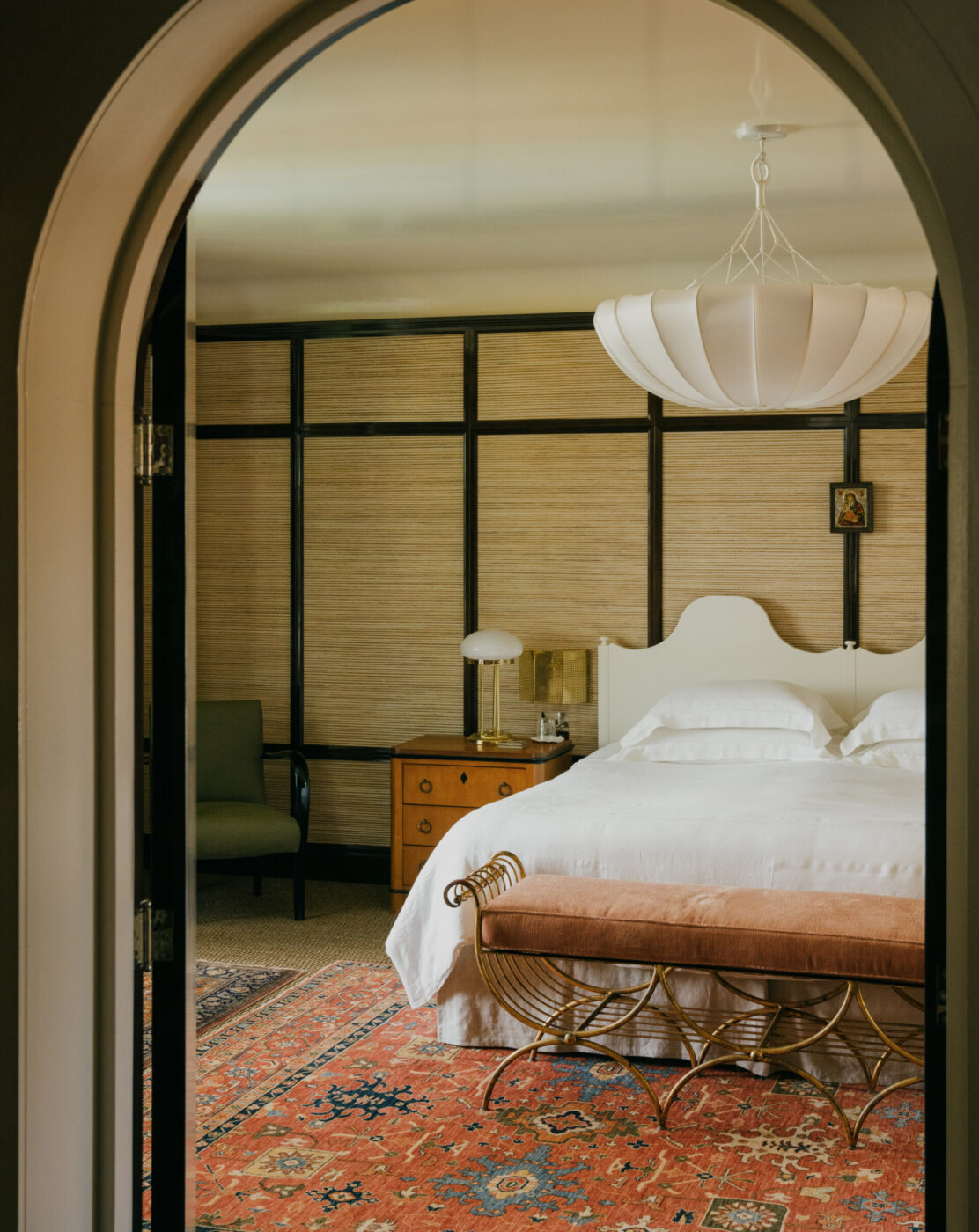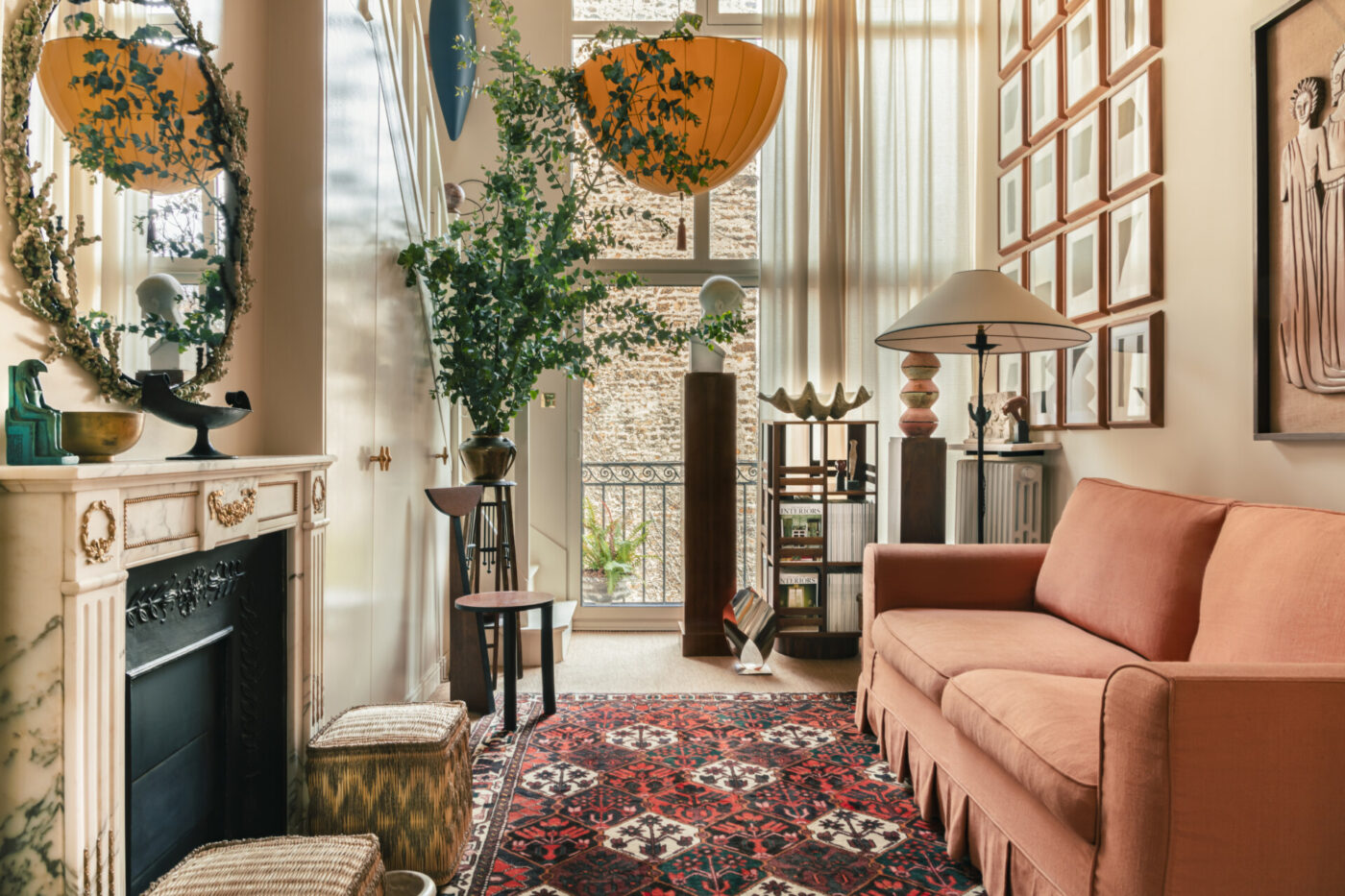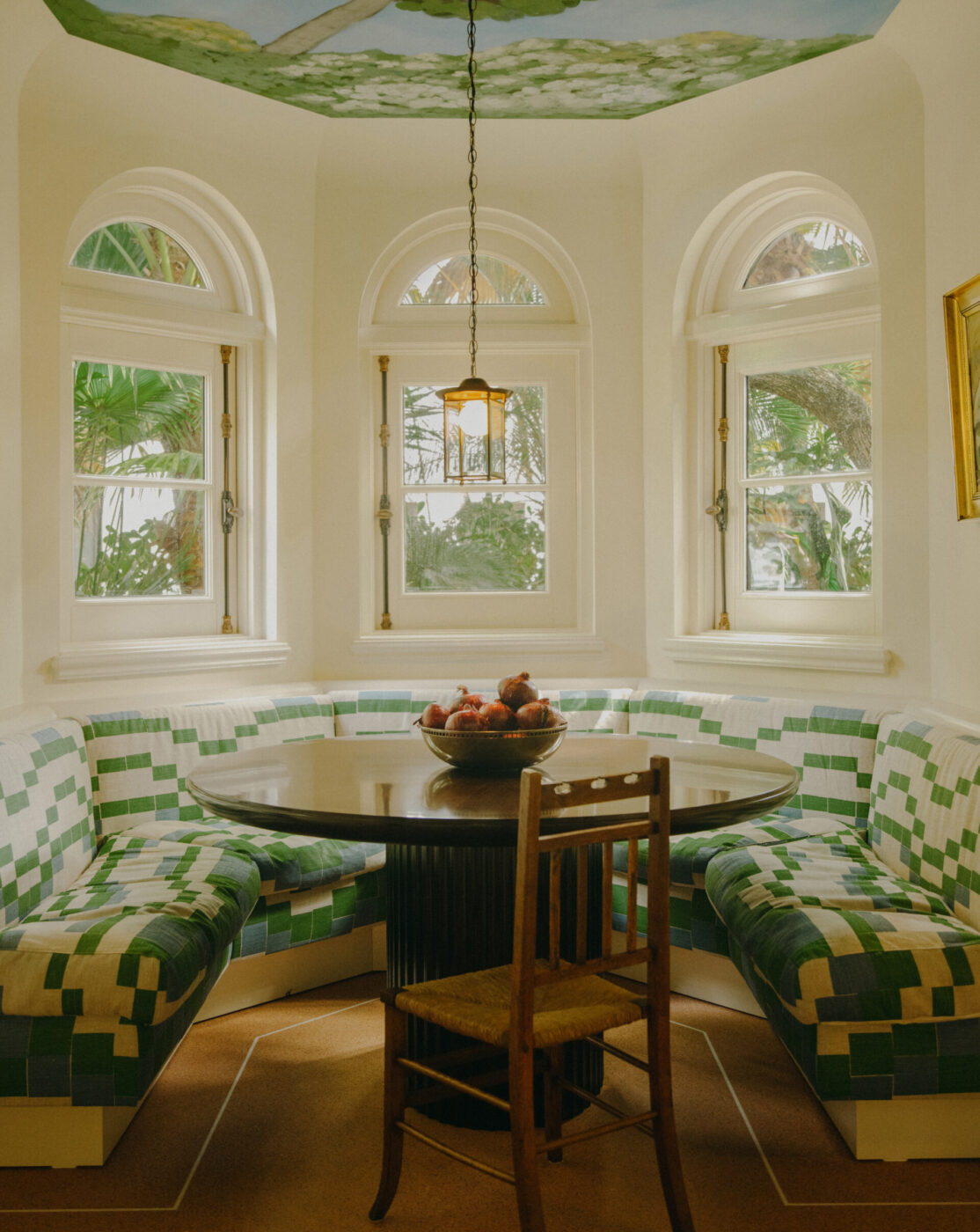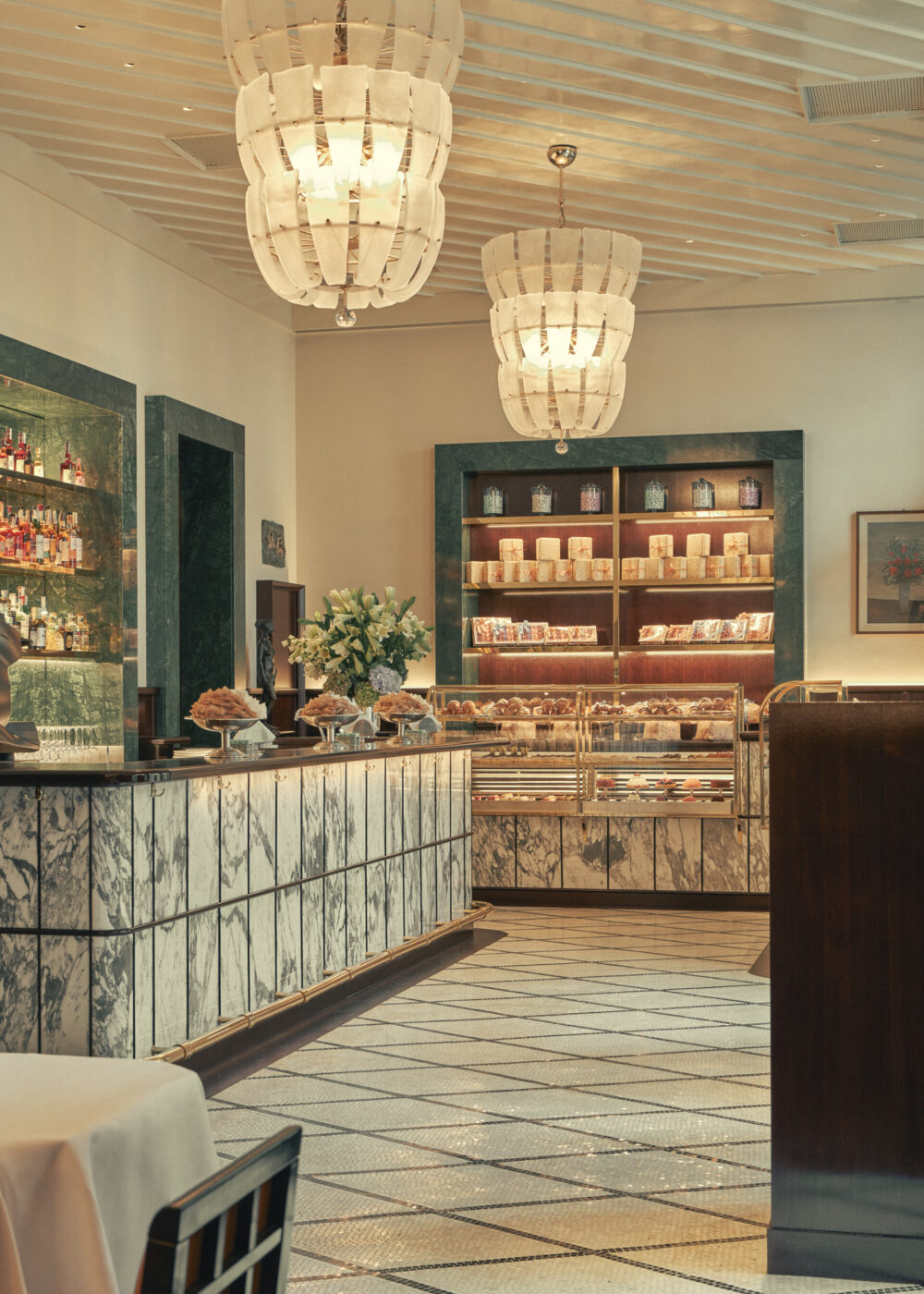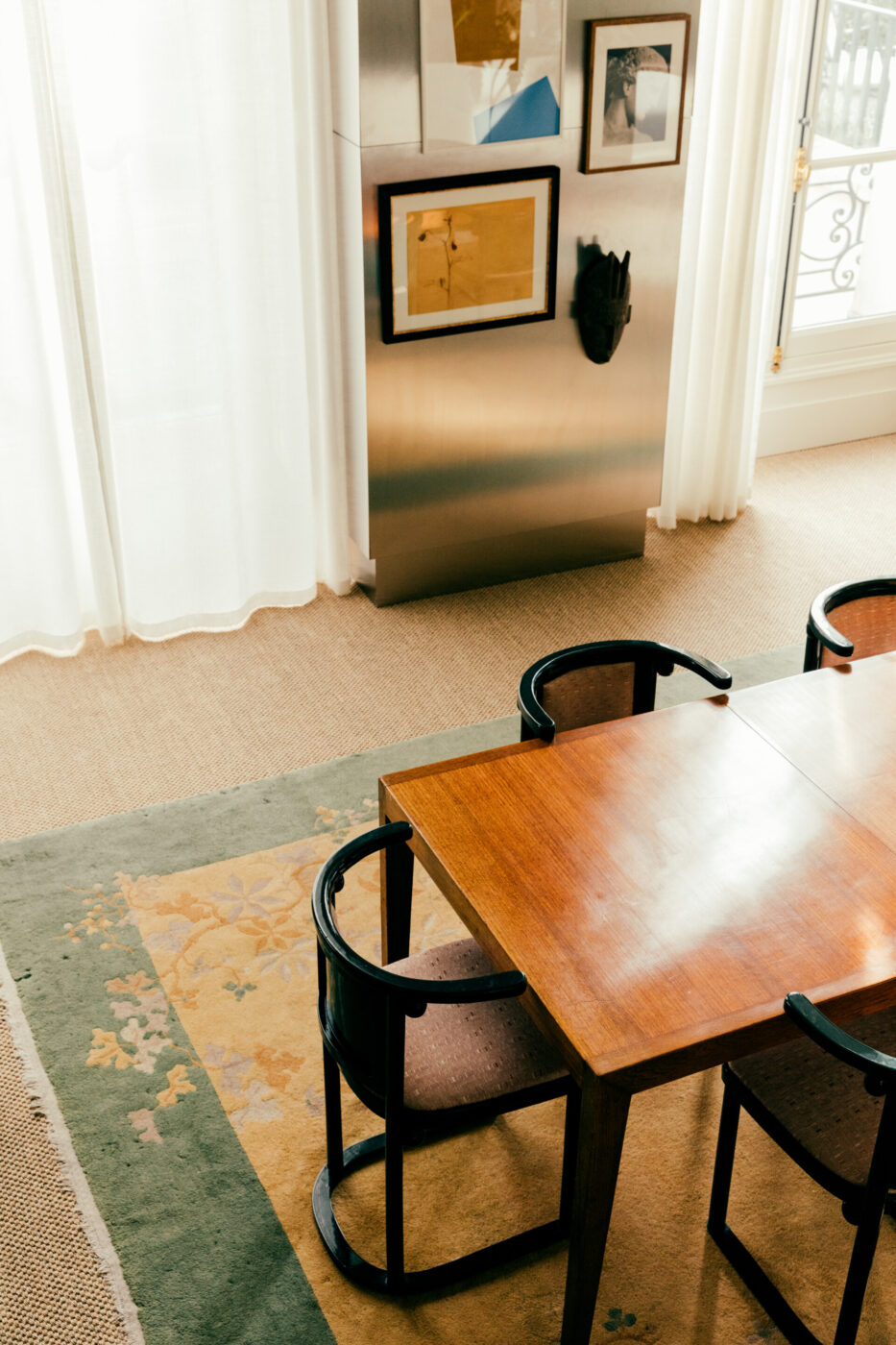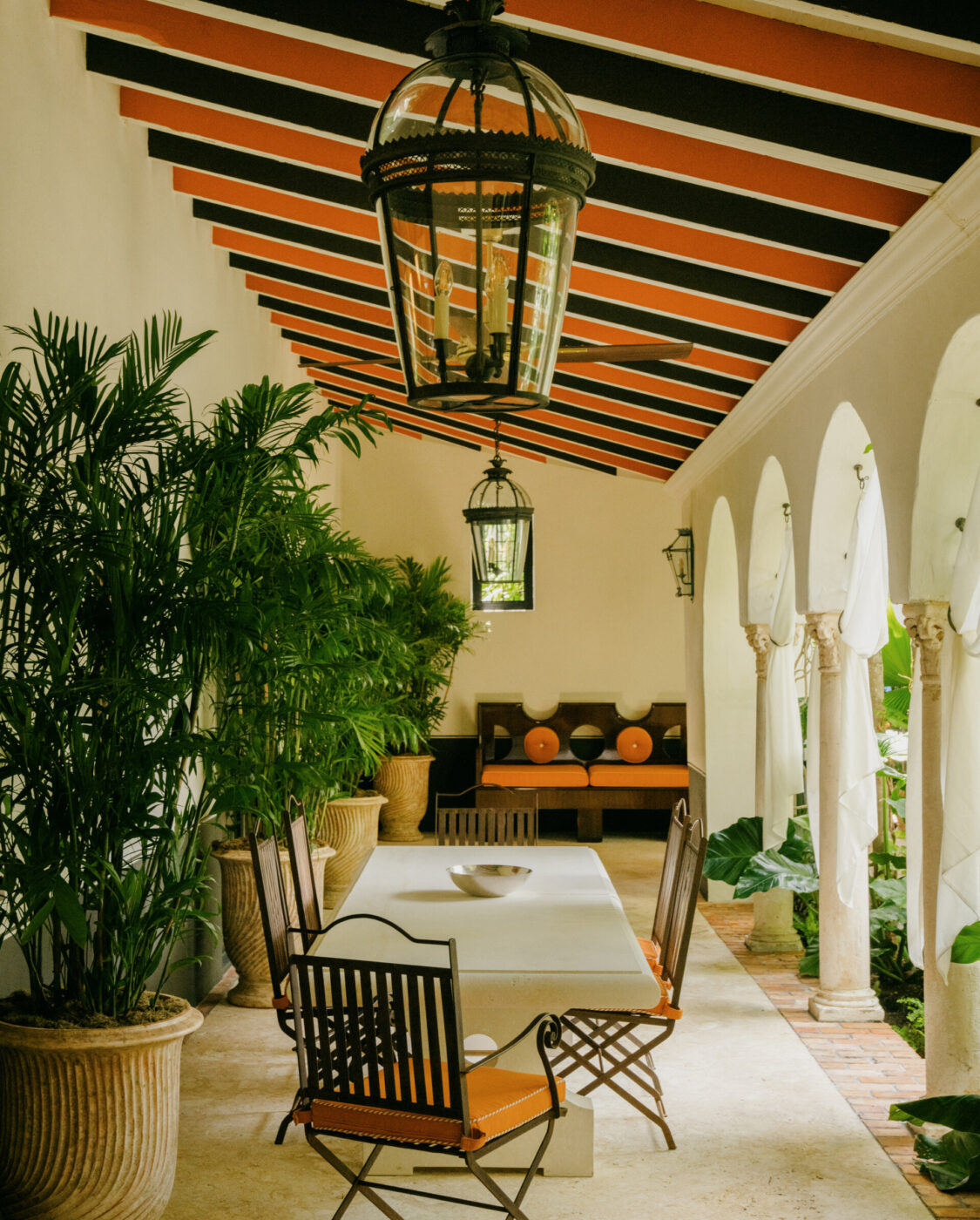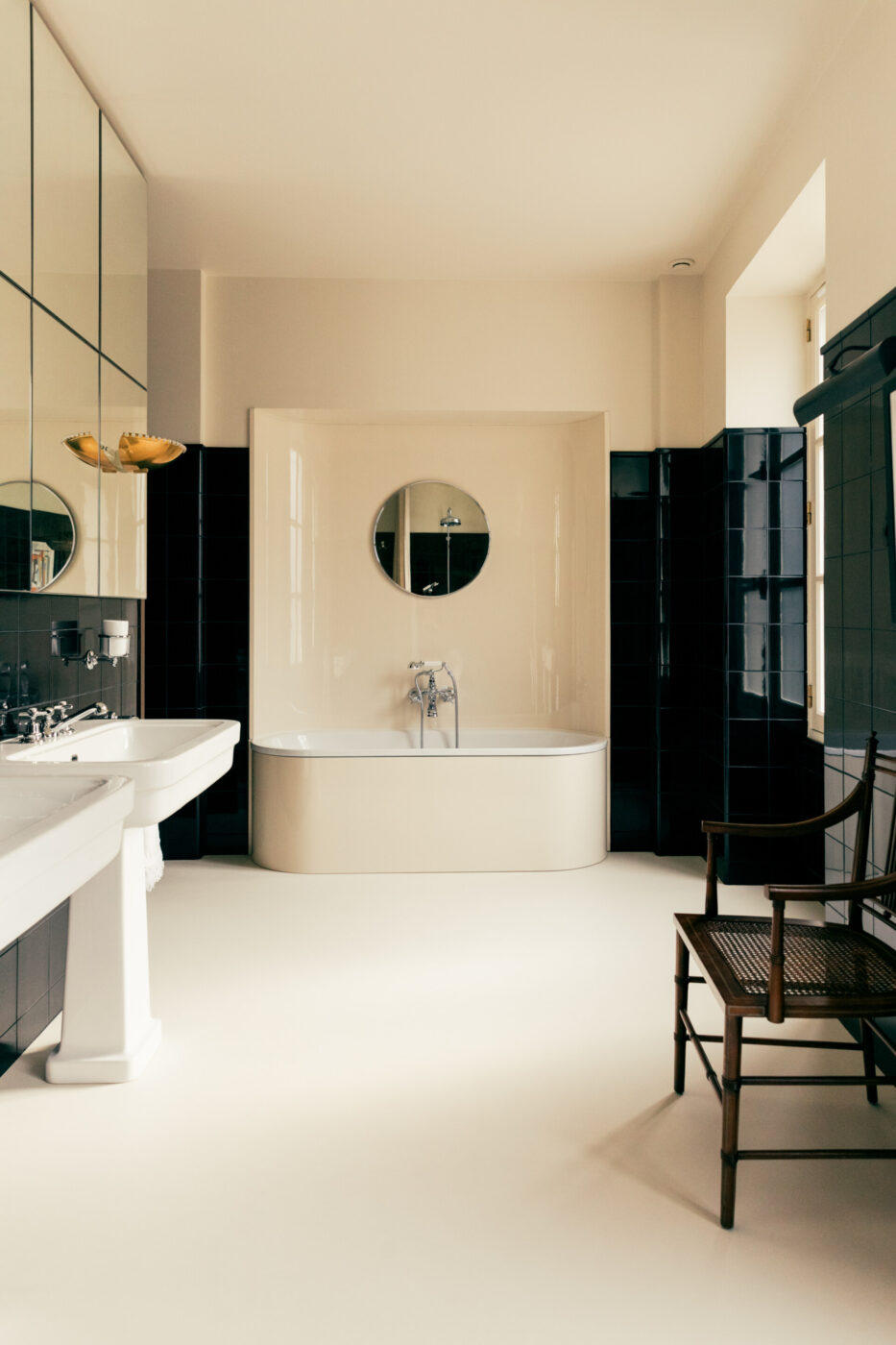You can hear it in the name—Fabrizio Casiraghi is Milanese to the core. But the interior designer, now based in Paris, brings his signature brand of understated elegance—equal parts refined and relaxed—far beyond the Italian border.
Soft-spoken, with a subtle Milanese lilt, Casiraghi, 39, has left his mark on some of the most stylish spaces—whether residential, commercial, or hospitality—across the globe. And though his projects can be found in Greece and New York City, Miami and Hong Kong, no matter the zip code, his rooms have one thing in common: they’re meant to be lived in, not just looked at.
Prime examples include the 138-room Hôtel des Grands Voyageurs in Paris’s chic 6th arrondissement; the cozy Victorian Grand Hotel Bellevue in London’s Norfolk Square; and the reimagining of the see-and-be-seen favorite Sant Ambroeus in Milan, the legendary eatery that has been an institution in the city since the 1930s.
His talent certainly hasn’t gone unnoticed. Named in Architectural Digest’s prestigious AD100 list of the world’s top interior designers and architects for 2025, he also recently clinched the Wallpaper Design Award 2025 for Best Social Hub with his work for The Wilde Club in Milan. Even as the young designer continues to make headlines, his attitude, and his designs, are entirely grounded. Beauty lies in understatement, he stresses, not ostentation. In his own space, books are scattered beneath the table or left in piles on the floor. “I don’t care about putting them on a coffee table just to show them off to dinner guests.”
Casiraghi’s path to interior architecture wasn’t conventional. After studying urban design at Milan’s prestigious Polytechnic University, he volunteered at Villa Necchi Campiglio—the 1930s house-turned-museum designed by Piero Portaluppi, which gained cult status after Luca Guadagnino made it the cinematic heart of his 2009 film I Am Love. Then, after cutting his teeth as a project lead at Dimore Studio in Milan, he took a leap in 2015, relocating to Paris to launch his own practice when he wasn’t even 30.
Between a meeting on the Champs-Élysées and a call from Sydney, I sat down with Fabrizio to talk about his work, his inspiration-giving travel trick, and his strong feelings about bean sofas (he hates them).
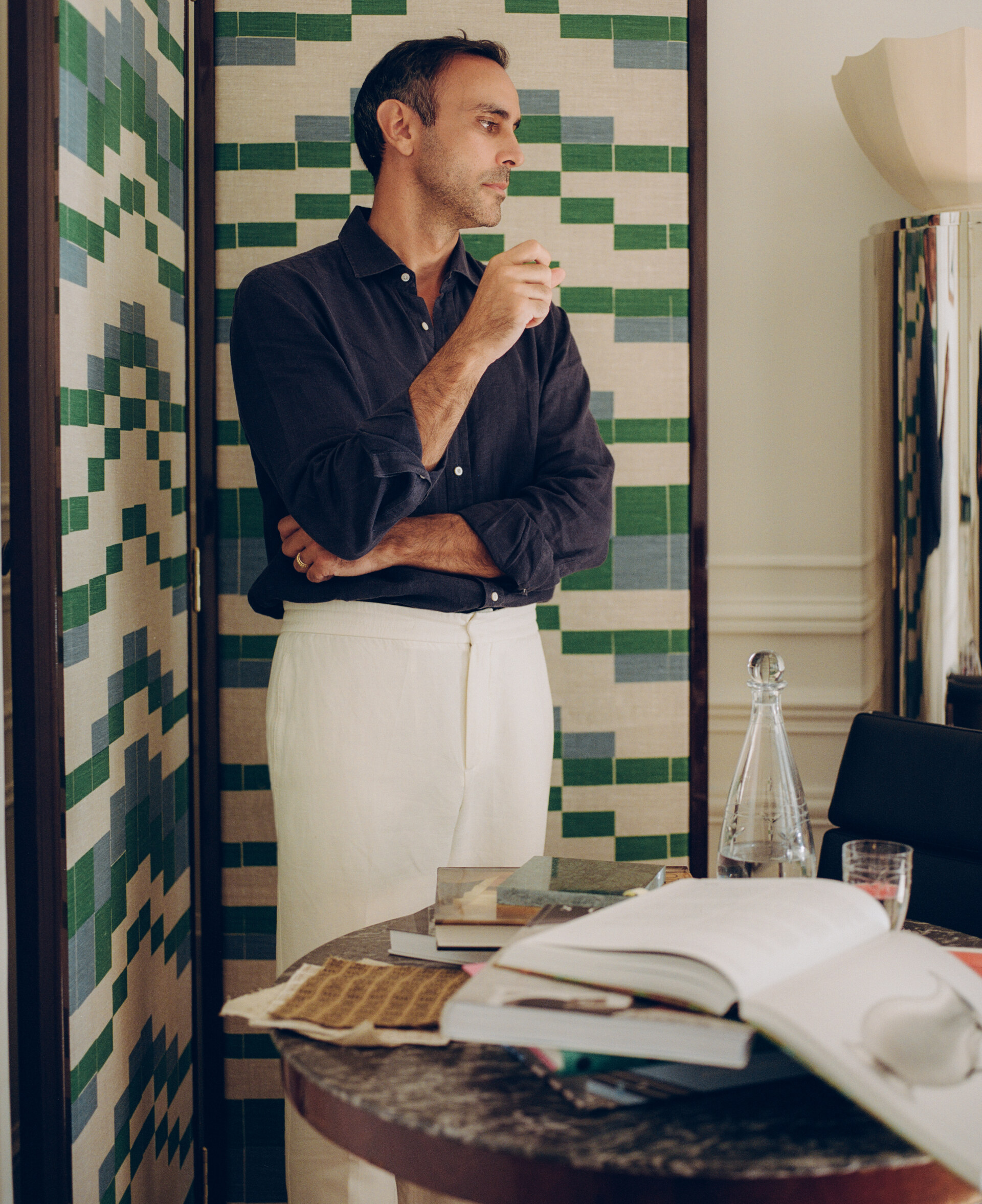
Fabrizio Casiraghi; Photo by Cerruti Draime
Francesco Dama: Your work has a deep sense of history, yet it feels effortlessly modern. Growing up in Italy and now living in Paris, do you ever feel the weight of our Italian heritage in your work?
Fabrizio Casiraghi: The relationship with the past is always complex. I come from a family of politicians: my grandfather was a politician and my father worked in publishing, so politics was always a big part of our conversations at home. I learned the importance of history from them—because you can’t talk about politics without understanding history. The weight of history is not a burden, but a value. I love embracing our past and reinterpreting it in a contemporary way. But to do that, you need deep knowledge and respect for who we are and where we come from. Never dismiss things out of hand. That’s where I can blend our traditions with what other countries do better than us.
FD: What’s your relationship with time and nostalgia?
FC: Leaving my home country has made me nostalgic because now I have beautiful memories of what I left behind. But my relationship with time is quite detached. Nostalgia is a positive thing; there’s nothing to be afraid of. We shouldn’t fear our past. Without nostalgia, there’s no memory. And without memory, design becomes ignorant.
FD: How did you end up in Paris?
FC: I moved to Paris right after working at Dimore Studio in Milan. Julien Desselle invited me to move here so we could work together. I also had personal reasons, which eventually fell through. But I decided to stay anyway because, aside from the fact that Paris is a beautiful city, it reminds me of home. People think of Paris as a northern city, but I find it very Latin. Here, I rediscovered some of the values that I hold dear from home—like the importance of food, gathering around the dinner table, and friendship.
FD: Among all European countries, France blends North and South like no other…
FC: Exactly! That’s what convinced me to stay: the mix of northern efficiency and discipline with the Mediterranean spirit of community.
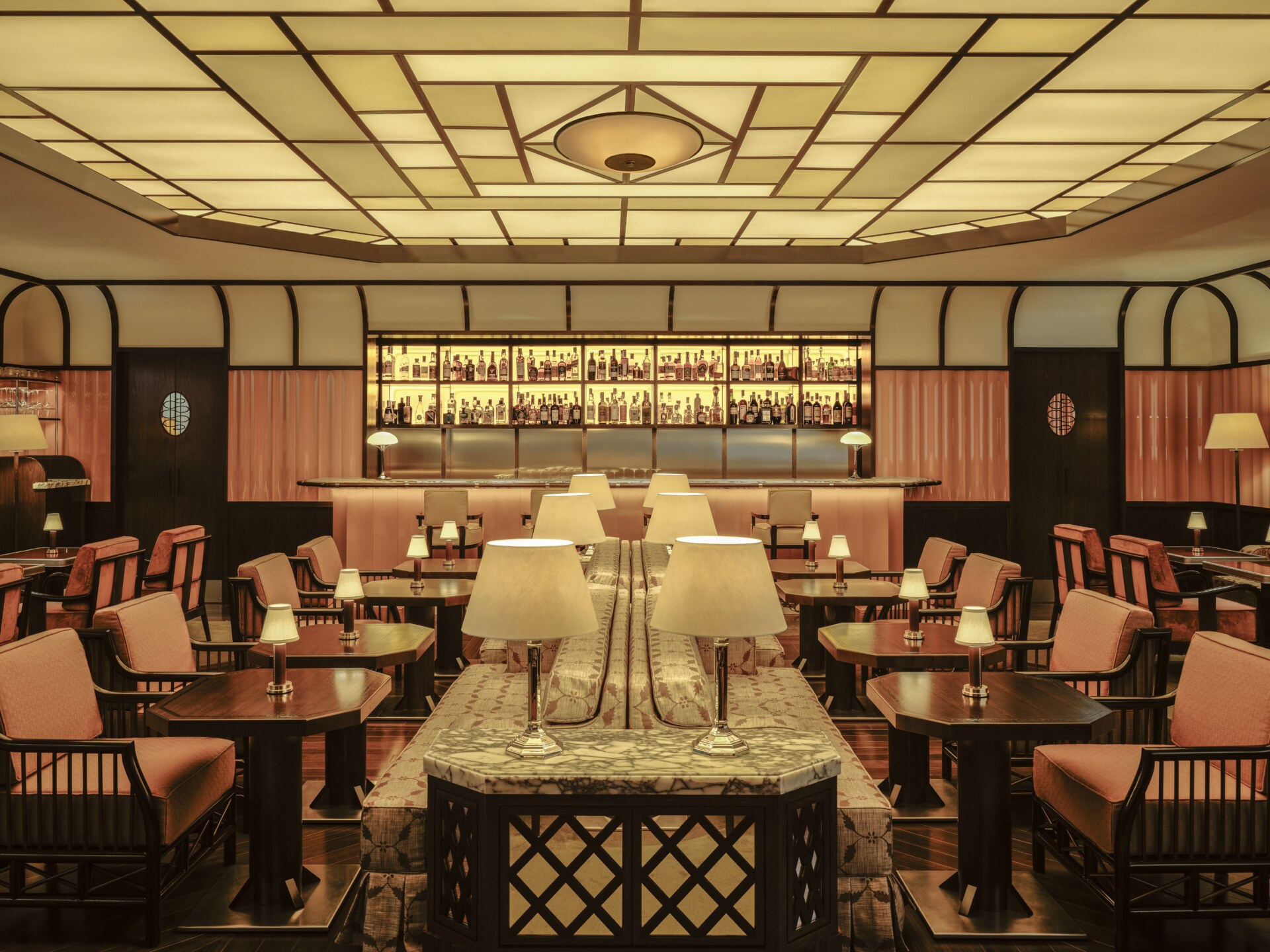
The bar at The Wilde, Milan; Photo by Giulio Ghirardi
FD: Italy has a strong cultural identity, which is often praised abroad. When it comes to interiors, is there such a thing as an “Italian style”? If so, what defines it?
FC: We’re lucky to come from a country with a thousand different identities. I don’t think there’s one singular Italian style. There’s a Milanese style, which is one thing; a Venetian style, which is completely different; a Neapolitan style, stunning; and so on. In my work, I embrace the style of my city: Milan. You can find it in the glossy, lacquered wood, in a certain sobriety paired with a generous choice of materials, in the smaller pieces of marble instead of big, flashy slabs.
FD: How do you approach a new project?
FC: I always start with the client. I ask them to bring me 10 images. They can be of interiors, architecture, art, food, fashion, theater… It helps me understand their world. From there, I build my own mood board.
FD: And how do you research for your projects?
FC: I don’t actively seek inspiration. I take advantage of moments when I’m away from home to discover new things. When I travel, I always try to extend my stay by two days, without over-planning the trip. I’ll stumble upon a restaurant, a hotel, a garden, an old neighborhood café. Those extra two days have always been my way of discovering the unexpected. I usually find inspiration in places that might not have any architectural significance, but are beautiful to me. For example, I might be in Hong Kong and discover a tiny, old bar in Kowloon. That immediately goes into my archives and will resurface in one of my projects in some way. I always aim for a mix of the grand and the everyday.
FD: Who are your ideal clients?
FC: I hate the so-called “good” clients: those who give me complete freedom and let me do whatever I want. They don’t challenge me. I prefer clients who come to me because they like my work, but also set their own conditions. For example, they might tell me they need to include a massive painting in the project because they inherited it from their grandmother; they might not even like it themselves, but it has to be included. I love when a project has a little hiccup, when it features a detail that twists it. Otherwise, everything feels too easy.
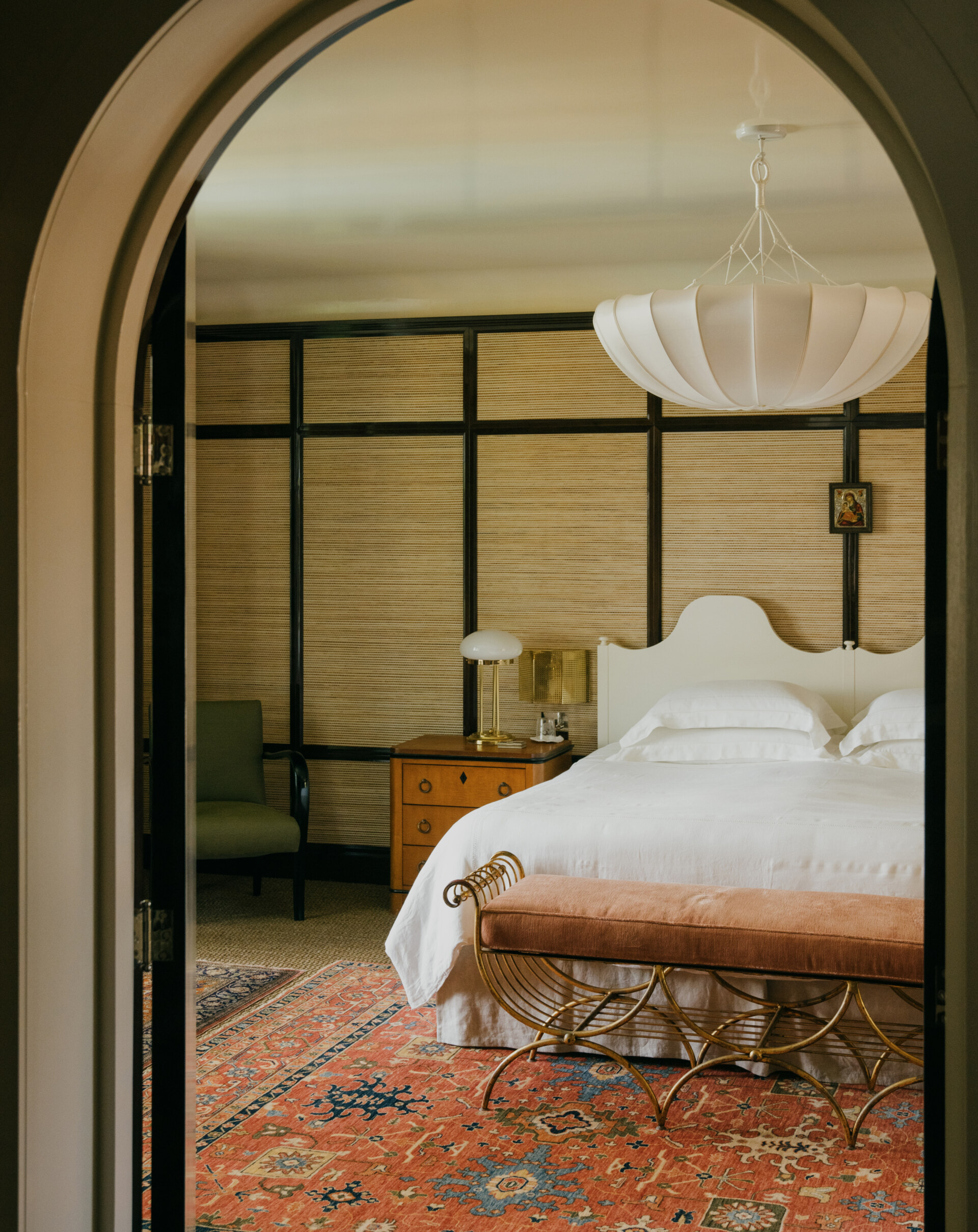
A private residence in Miami; Photo by Victor Stonem
FD: Talking about things that are too easy, what’s the most challenging aspect of your job?
FC: There are two main challenges. The first one is psychological: I make it a priority to understand each client’s vision and support them in finding what they love… What they love, not what I love! This is especially tricky for our studio because we don’t want to repeat ourselves or replicate the same project over and over. I never use the same piece of furniture twice. The second challenge is designing something that will stand the test of time. Creating something timeless, beyond trends, beyond magazines, beyond what I see in galleries.
FD: Who would you say are three of the best interior designers in the world?
FC: Piero Portaluppi, my spiritual master; Jacques Grange, the French designer who perfected the art of timeless decoration; and the third is “the unknown architect.” By that, I mean the everyday person who probably didn’t study design and just works with what they have to decorate an interior. It’s the person who designed a quirky little garden I discovered in Taormina or the one behind the beach club in Santa Margherita Ligure where I used to go with my parents as a kid, and I still go nowadays.
FD: What is something you absolutely despise in interiors?
FC: The ostentation of wealth; the need to show off money and “good taste.” The most beautiful homes evolve naturally, layer by layer, without needing to flaunt anything. In fact, they almost hide their culture and taste. I don’t like it when clients ask me to design a massive library just to display how many books they own. I keep my books under the table, in a pile on the floor… and I don’t care about putting them on a coffee table just to show them off to dinner guests.
FD: If you could design your dream project anywhere in Italy without financial or practical limitations, what would it be?
FC: I’d love to build a small chapel on a cliffside overlooking the sea, somewhere in Italy.
Maybe on the Amalfi Coast or the Ligurian Riviera. Somewhere away from the city, where even just reaching the place feels like a spiritual journey. A meditative space, with no specific religious ties.
FD: When you enter a room, what’s the first thing you look for?
FC: I always check if the space is staged or truly comfortable. In all the interiors I design, comfort is the priority: sofas, armchairs, a table at the right height, chairs where I’d actually want to sit for hours, talking with friends over a glass of wine. A beautiful room is one where you instantly feel like staying for at least three hours. I hate those bean-shaped sofas where you can’t stretch out and read on a Sunday.
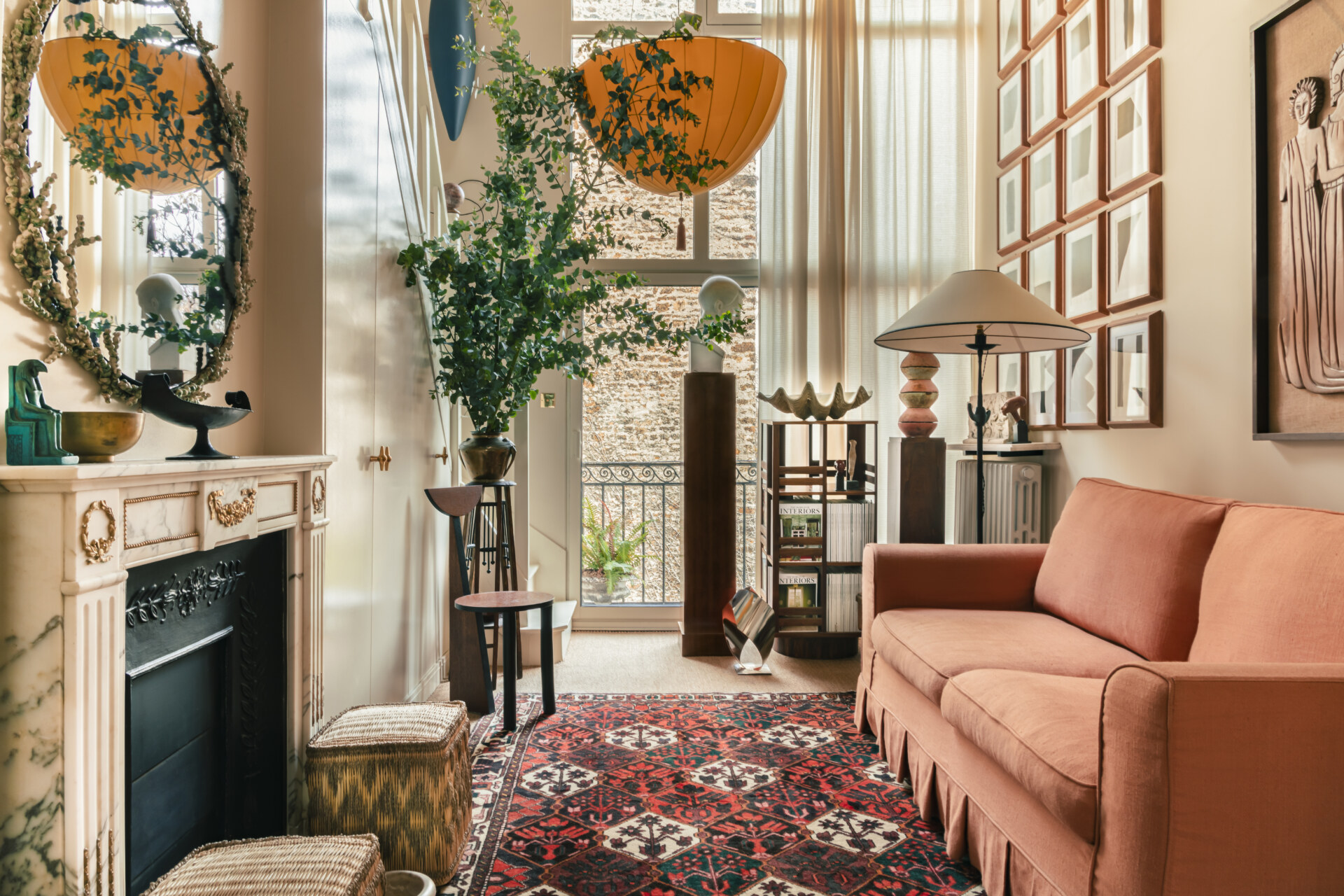
Navarin, Paris; Photo by Romain Laprade
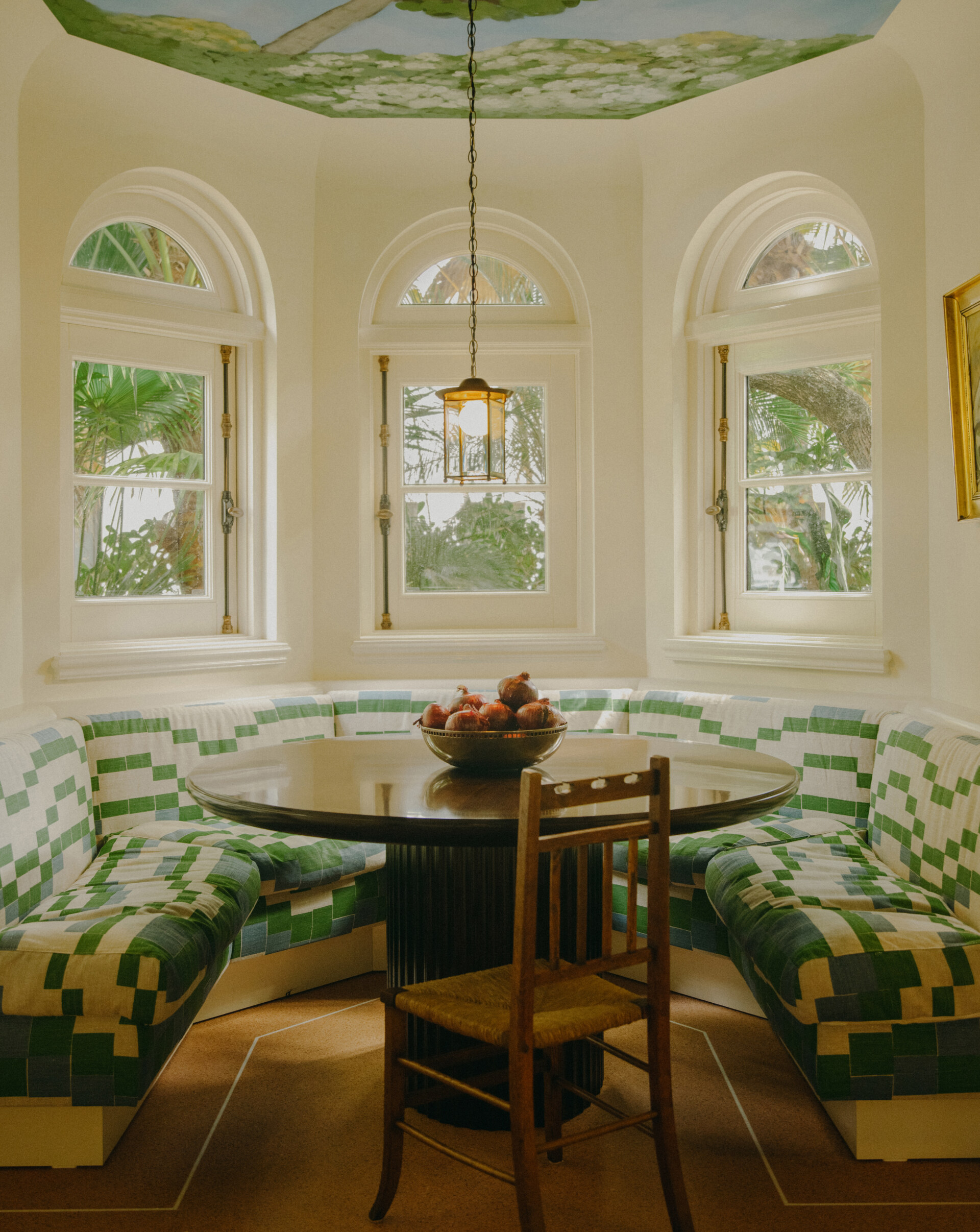
Dining nook of a private residence in Miami; Photo by Victor Stonem
FD: That’s exactly what stands out in your work: comfort meets elegance and sophistication. I won’t even ask you how you do it because it wouldn’t make sense as a question. But you do it.
FC: [Laughs] That’s true. I wouldn’t even know how to answer that! I think of certain homes I used to visit in Milan—those of the old bourgeoisie—like my grandmother’s house, for example. They were never designed by decorators; they were shaped by the people who lived in them. They were full of good taste, sometimes even bad taste, but at least it was unmistakably their own. These were homes where the sofas were always comfortable and the tables were always at the right height. They belonged to people with a certain culture. In my projects, I strive for the same thing.
FD: I suppose, in a way, it was a kind of transmitted culture, passed down from generation to generation. Now that I think about it, furniture is a tangible example of that transmission.
FC: Absolutely. And that’s what shapes taste.
FD: Going back to your roots, are there any objects in your home that remind you of Italy?
FC: The objects in my house are split: one-third of my furniture is old and Italian, one-third is rather French, and one-third is Austro-Hungarian, so to speak. They reflect my three realities.
I try to maintain my connection with Italy through art. The first piece of art I ever bought was a small charcoal drawing by Lucio Fontana. I found it in Saint Barth, in the Caribbean, from a gallery that was in the middle of the forest.
FD: Is there a particular place in Italy that you feel especially connected to in terms of aesthetics or mood?
FC: Aside from Milan, the Ligurian Riviera is my soul’s refuge. My heart’s place is the Abbey of San Fruttuoso in Camogli. That’s where I first went scuba diving with my father, spent my first weekends with my husband, and shared so much happy time with my family. It’s the only place in the world where I’m glad there’s no Wi-Fi.
FD: That’s a very Milanese answer, through and through. Thank you, Fabrizio. It’s been a pleasure.
FC: Thank you, Francesco. See you soon.
This interview has been translated from Italian and edited for length and clarity.

